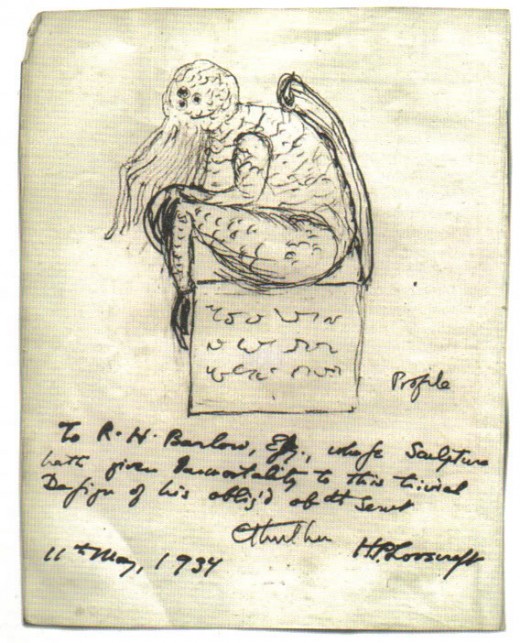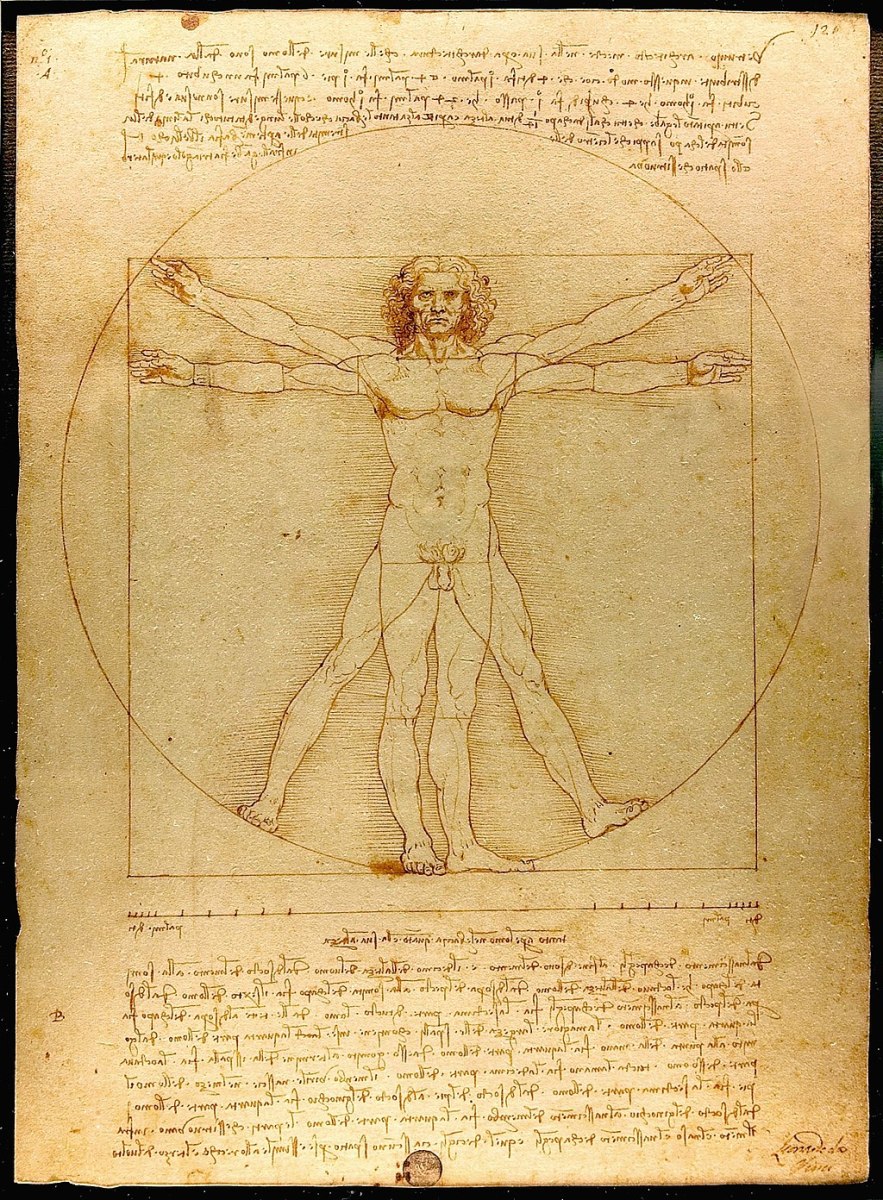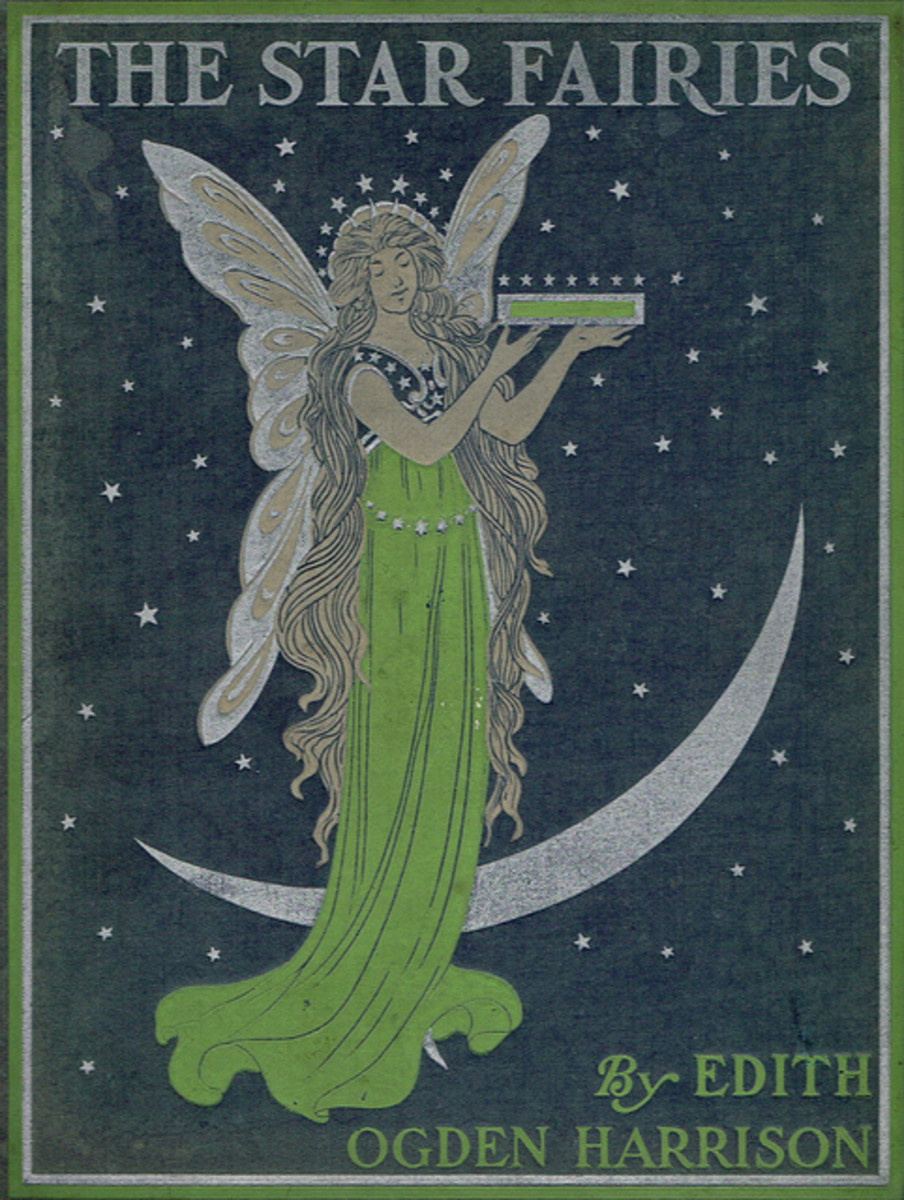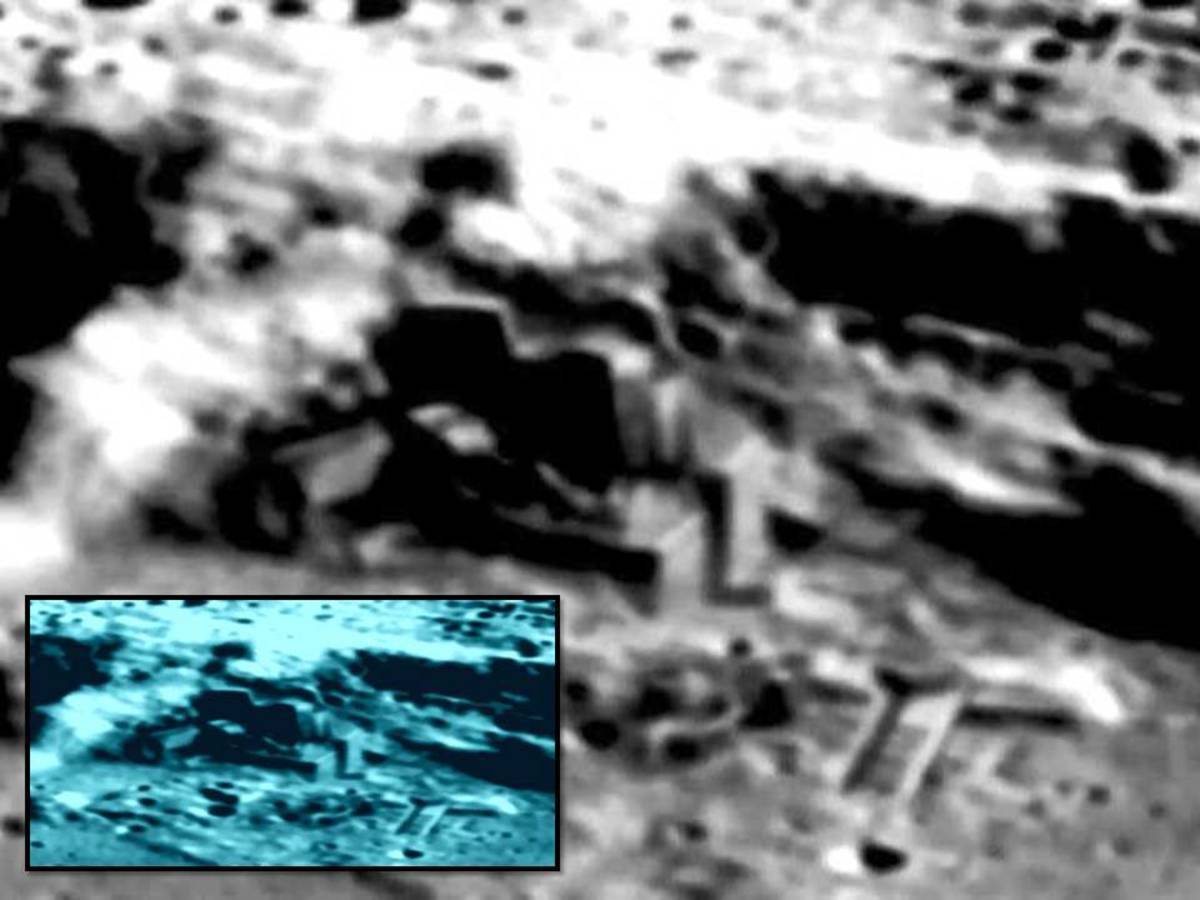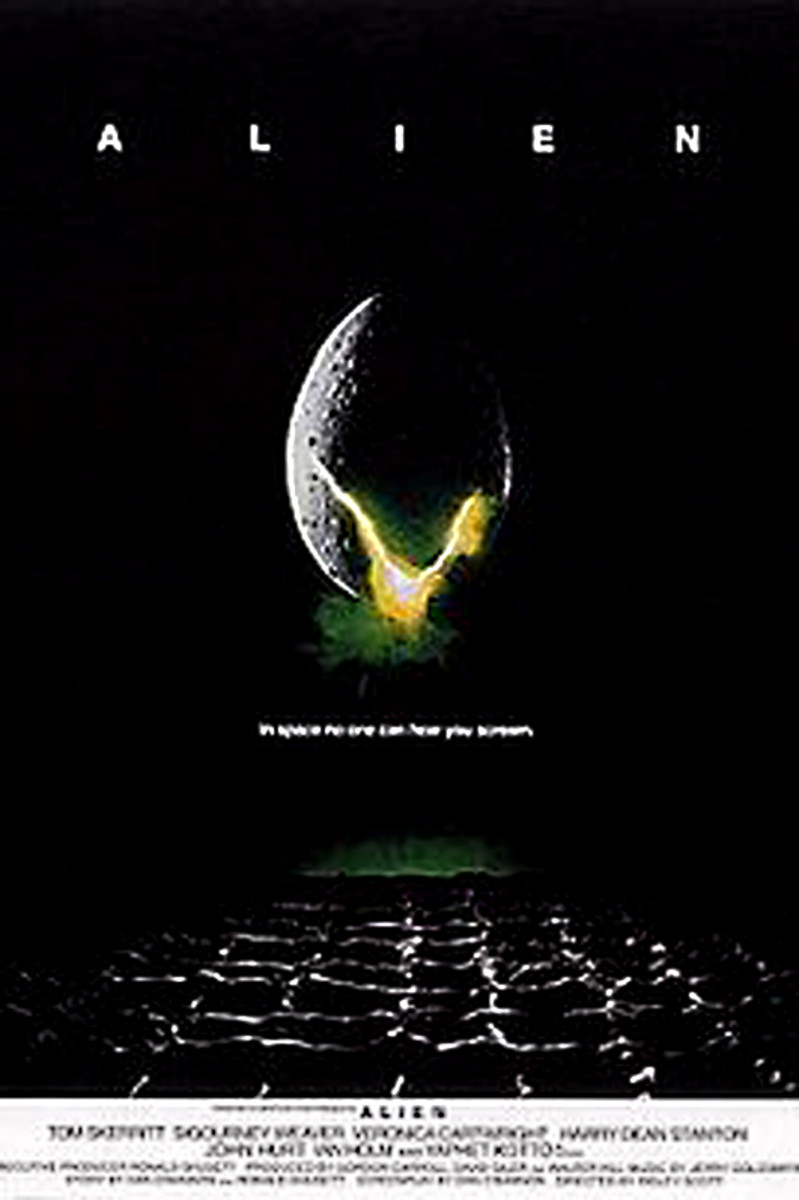"Life" (2017) Brings a Cthulhu-like Alien Back from Mars
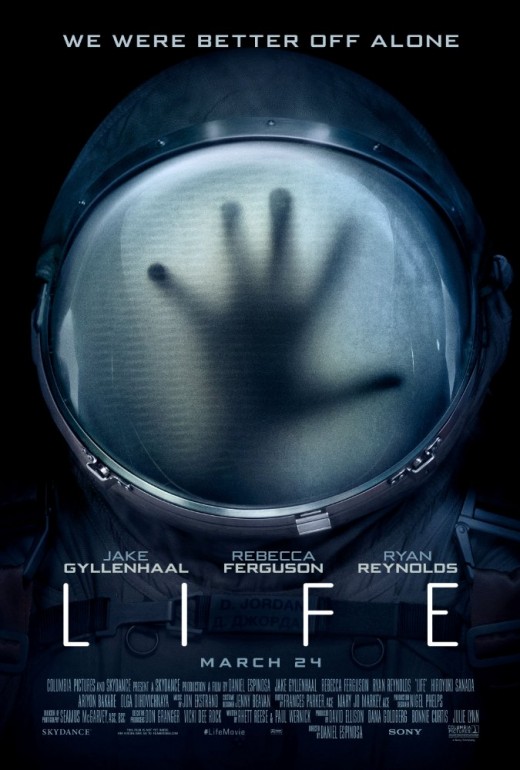
“Life” (2017)
“Life” (2017) was written by Rhett Reese and Paul Wernick, and directed by Daniel Espinosa according to IMDB. The film focuses on the horrors of outer space in true Lovecraftian fashion.
While the setting is space, the actual sets feature extremely confined spaces inside the space station, and even smaller spaces as the crew attempt to isolate themselves from the invader.
Horror is created by the use of confined spaces, the vulnerability of humans in space conditions, the strength of the Martian creature and the gruesome ways in which it kills various crew members.
The Plot
A team of scientists are very excited to identify a single cell discovered in a sample returned from Mars. As this single cell is warmed and fed glucose, it begins to show signs of life. The cell reproduces until it forms a small creature all made up of identical cells.
At one stage, the Martian organism appears to go dormant. Instead of letting sleeping Martians lie – the scientists decide to administer electric shocks to “stimulate” it. It doesn’t seem to occur to the scientists that the electric shock therapy might be perceived as a sign of hostility…
After a couple of electric shocks, the Martian organism reacts and grabs the Scientist’s hand. It won’t let go and indeed crushes the bones mercilessly. The crew debate what to do. The organism had been dormant due to cold when it was discovered – but it doesn’t occur to anyone to reduce the temperature. Indeed, the next victim to get locked in with the creature tries to apply heat to deter it. The creature becomes more aggressive – so they apply fire!
The Firewall Concept
The characters exhibit a strong desire for self-preservation, but over-riding this is the mission prerogative that no contaminating creature or virus must be allowed to reach earth. This is the reason for conducting the experiments on the space station. It does not explain why the space station is so dangerously close to re-entry into the earth’s atmosphere, and why the alien organism has been brought so close in the first place.
A “firewall” usually protects a computer or network from viruses. (I guess the old-fashioned sort minimised fire damage in buildings.) In this movie, there is a lot of talk about firewalls, but the usage is different.
The “first firewall” appears to be to keep themselves safe. The scientists are only to work on the foreign cells in the lab, using a special chamber and specially invented gloves to prevent any form of contact or escape.
If the “first firewall” fails, the crew can isolate the laboratory, and close metal doors between different areas of the ship. This may constitute the “second firewall”. Around about this time in the movie, they lost some computer functions, so I was not sure that the firewall concept was being applied to the mission and not the computer, but I was beginning to get an idea that the firewall was larger than the computer network.
The “third firewall” involved containing the contaminant on the space station at all costs rather than allow it to go down to earth. The commander, Ekaterina Golovkina, sacrificed her life rather than allow “Calvin”, as some school children back home named it, back onto the space station.
The “fourth firewall” involved the space station being pushed out into outer space rather than allow the contaminant to ride the space station back into the earth’s atmosphere. A drone ship came out from home base, locked onto the space ship and attempted to do this.
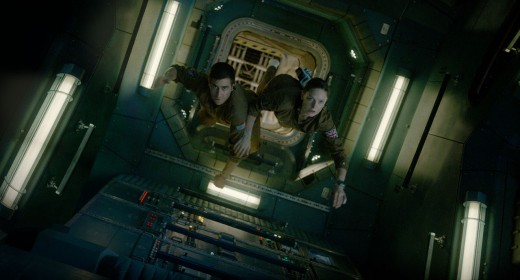
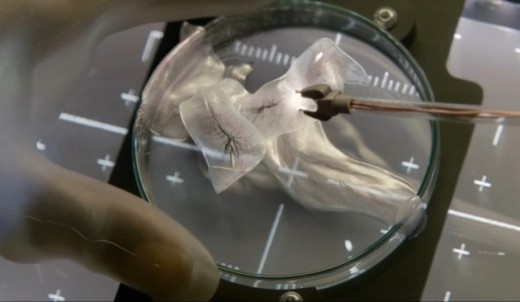
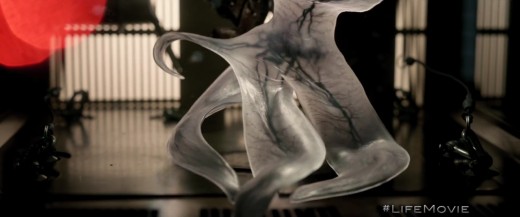
Excellent animation of the alien
The best thing about the movie is the alien creature. It starts as a single cell, which like a virus can go inactive and survive harsh conditions like cold, aridity, starvation and radiation.
The Martian then grows into a shapeless bundle of cells, and then then a handful of fibers of cells. These fibers are able to reach toward Hugh Derry and he initially pets them.
For some time, the alien looks like a clear star-fish although it is more flexible, able to tie its long arms around things and people. It is also very fast and very intelligent.
As the Martian creature consumes more matter, its structure becomes increasingly complex, and clearly octopoid. The monster begins to resemble a H.R. Geiger / James Cameron creation, such as the alien from "Alien"; or H.P. Lovecraft’s most famous monster the many tentacled "Cthulu".
H.R. Gieger concept sketch for "Alien"
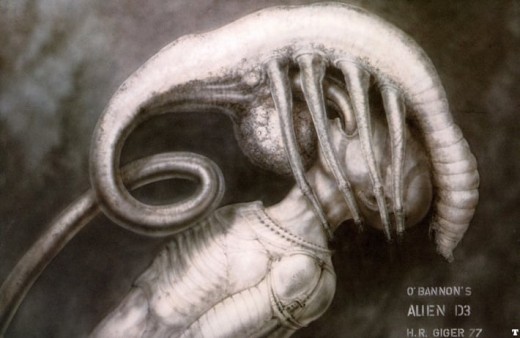
"Life" appears to form a prequel to “The Call of Cthulhu” by H.P. Lovecraft
Many critics have made the comparison with the hit movie “Alien” and its sequels. It is clear that the film “Life” shares some of the design principles and sheer terror of a vicious and indestructible alien creature with “Alien”.
However, I found many parallels with H.P. Lovecraft’s 1926 story “The Call of Cthulhu”. In “The Call of Cthulhu” a creature is discovered near a South Sea Island, somewhere above New Zealand. This creature is an ancient alien from out-of-space. It is indestructible and sleeps until it is unfortunately woken. (The awakening is presumably unfortunate for mankind.) Lovecraft’s representation of the alien is discrete, in fact, fans gleam more details of the story by pairing this story with other stories.
“Life” appears to function as a prequel to the Lovecraftian story. It explains how an alien might be discovered and despite the heroic efforts of the crew, allowed to crash-land in the ocean. Local fishermen open the escape capsule to save them man. Up till this point, the “Life” alien has not shown any ability to control minds and inspire worship, but it was dominant and intelligent on its home planet – so it might. A spate of fishing boats seem irresistibly drawn to the escape capsule at the end of the movie.
From the end of this movie, “Calvin” might well sink deep into the ocean, to arise again as Lovecraft’s “Dread Cthuhlu”. (H.P. Lovecraft's “The Call of Cthulhu” is available in anthologies and to read online at http://www.hplovecraft.com/writings/texts/fiction/cc.aspx) You may ask whether Rhett Reese and Paul Wernick have read H.P. Lovecraft’s “The Call of Cthulhu”. I don’t know for sure, but as creators of “Zombieland” they are clearly fans of the horror genre. Moreover, a snipet of dialogue earlier in the movie, as the crew watch Derry prepare to apply an electric shock to the dormant cells: "That's animator ______", appears to be a reference to H.P. Lovecraft's "Herbert West - Re-animator" written in 1921/22.
Cthulhu sketch by H.P. Lovecraft
